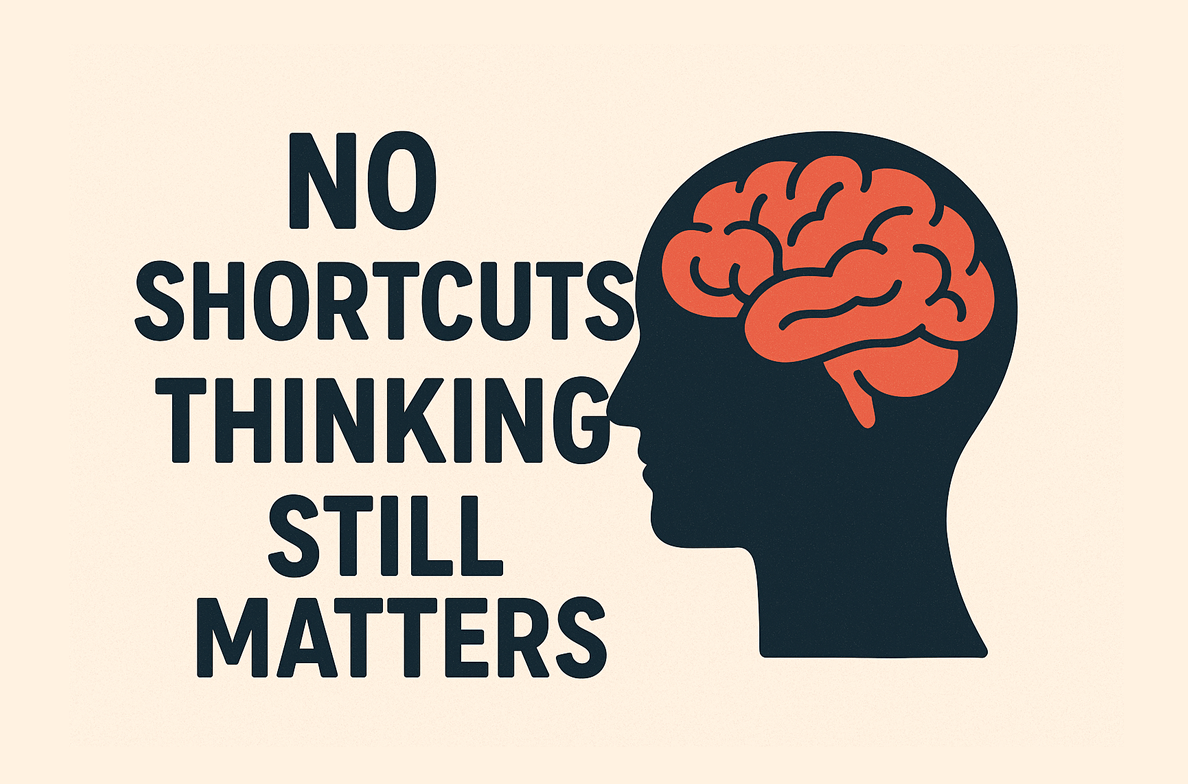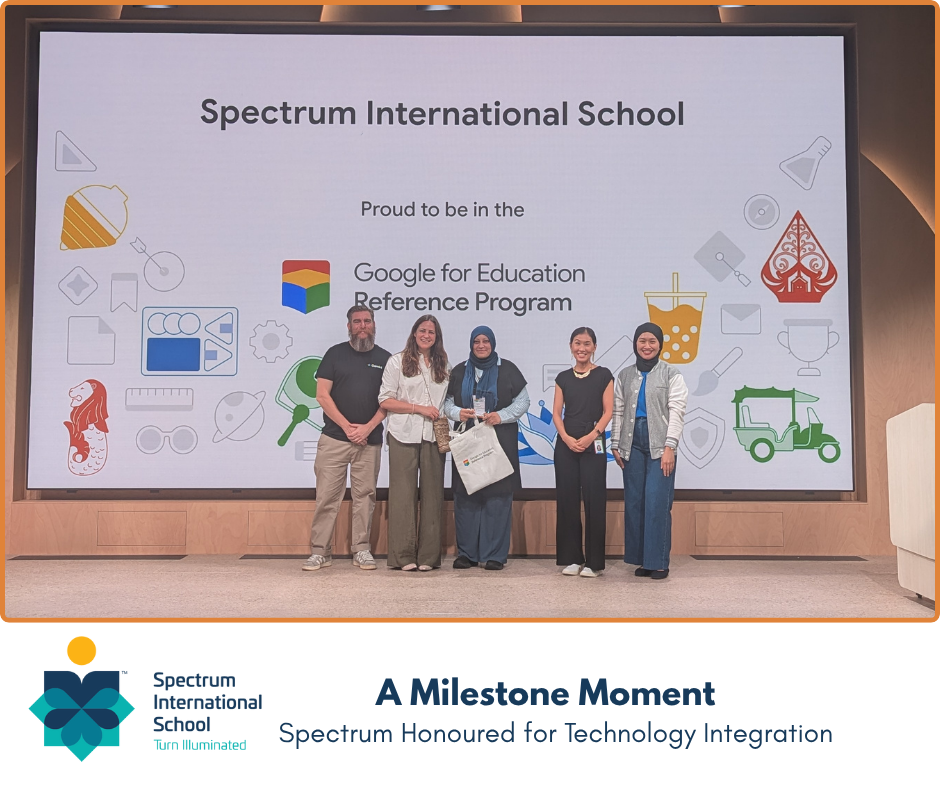Dr Gerard Louis, CEO of HELP Education Services (HES), and Mr Jamie Speakman, Learning Innovation Coordinator at HELP International School explain the importance of teaching children how to use technology in a healthy and responsible manner.
According to GSM real-time intelligence data, there are currently 5.17 billion people in the world who own a mobile device. And with many of us possessing more than one connected device, studies show that there are now over 9.42 billion mobile connections worldwide, surpassing the current world population of 7.75 billion.
The Independent reported that a survey found one in four children under the age of six having a smartphone and nearly half of them spend up to 21 hours per week on their devices. A report from Common Sense Media found that the average amount of screen time is 4.5 hours per day for 8–12-year-olds, while teens spend up to 9 hours per day on screen content.
With the continued development and advancement of technology, one can only expect the use of these mobile devices to increase over time. So, the question arises: “How should we raise this generation of digital natives in our technologically saturated society today?”

A Reflection of Our Lifestyle Today
Technology is today at the forefront of all that we do, both in our workplace and our personal lives. This has been made glaringly evident during the recent COVID-19 pandemic when most countries all over the world went into lockdown, with adults working from home and children adapting to virtual learning. Almost overnight we learnt how dependent we were on technology – from the basics of online shopping for essentials, to delivery of goods, to maintaining some semblance of education for our children.
As we approach the new normal, the demand for access to a personal device, artificial intelligent apps, access to cloud data, faster Internet speeds, adoption of e-wallets, blockchain technology and crypto-currency for ease of payment have become part of our essential needs. In the 21st century classroom, students will be expected not only to consume information but create, produce and communicate information in creative and innovative ways to demonstrate their learning.
As we embrace technology to navigate through every aspect of our daily lives, how can we help and ensure that our children leverage on this digital technology revolution in a safe and healthy way?
Parents as Role Models
While children may not always follow their parents’ advice, they almost never fail to model the behaviour of their parents. By limiting their own screen time in the presence of children, parents can create more opportunities for family time, physical activity, and play.
They also need to set boundaries when it comes to amount of time spent on digital devices and where and when these devices are used when they are in the home. For example, simple rules like no using devices when at the dining table or when chatting with visitors who visit you. Ensure that device use must always be in common areas, in full view of anyone. Set rules on what apps can be loaded on the devices and what is not allowed and do a spot check on this. Boundary violations must be followed up with action that you had mutually agreed with them on before you set the boundaries. Ensure that you too adhere to your rules. These are basic parenting strategies that help put habits in place.
The use of technology can also be shifted from 'consume’ to ‘create’. Instead of passively watching YouTube videos, teach a child how to create their own movies – a short stop-motion video with a personal script or even a digital documentation of a family occasion. Encourage your budding musician to record their own songs through apps like Garage Band. Challenge your teenager to code their own gaming app or design a social media campaign for a community service project.

Purposeful Screen Time
How our child spends his or her screen time is just as important, if not more so, than how much time they spend. According to researchers from BMC Psychiatry, one in four youth could have problematic smartphone use. Therefore, teaching them digital common sense and responsibility is essential in guiding them to choose the right online activities to engage in. Have open conversations with them about privacy, inappropriate content, cyberbullying, and online predators. Setting mutually agreeable family rules and guidelines regarding internet use is part of the boundaries that need to be in place when children have easy access to digital devices and information.
There are many apps and resources that parents can use to monitor or navigate their child’s Internet usage such as ScreenTime (a parental control app for Apple iOS and Android) or Common Sense Media (a guide and reviewer of online apps, games and programmes).
Innovative Value of Technology
Fundamentally, technology is neither good nor bad — it is how we use it that makes the difference. There are many aspects of technology for good which we can focus upon, and in turn, turn our children’s attention to. Like it or not, Google is now the way that children research for information, not flipping through tonnes of encyclopaedias in the library. So, why don’t we change our mindset about early technology usage? Let’s marvel at how our children can experience a space station up close and personal. Celebrate how geographical borders are no longer a barrier to communication because our children can conduct Skype sessions with their peers at a school halfway across the world. Share in the experience of their learning at school through platforms like SeeSaw and Explain Everything.
Responsible Use
Our end objective should be to help children self-regulate and make wise decisions about their technological use and consumption. How one portrays oneself online or how one responds to comments on social media, children need to understand that their digital footprint is permanent and hence, need to act responsibly. Teaching responsibility is more effective when parents themselves demonstrate clear boundaries and model how they themselves use technology.
For example, if parents respond to posts in an aggressive manner or vent their frustration at a situation or are imprudent with the pictures of their family photos that they post online, their children are not likely to know any better when faced with similar situations.
To dismiss technology as either a boon or a bane without fully understanding its benefits and risks is too simplistic. If we empower our children to make informed decisions about how to use digital tools, balanced technological engagement can be achieved without compromising other important aspects of their life. This in turn will prepare them for their future in a world where living with technology.

Read more useful articles like this in the digital copy of the latest edition of Education Destination Malaysia: Guide to International & Private Schools! Click here to access the full e-copy.


































